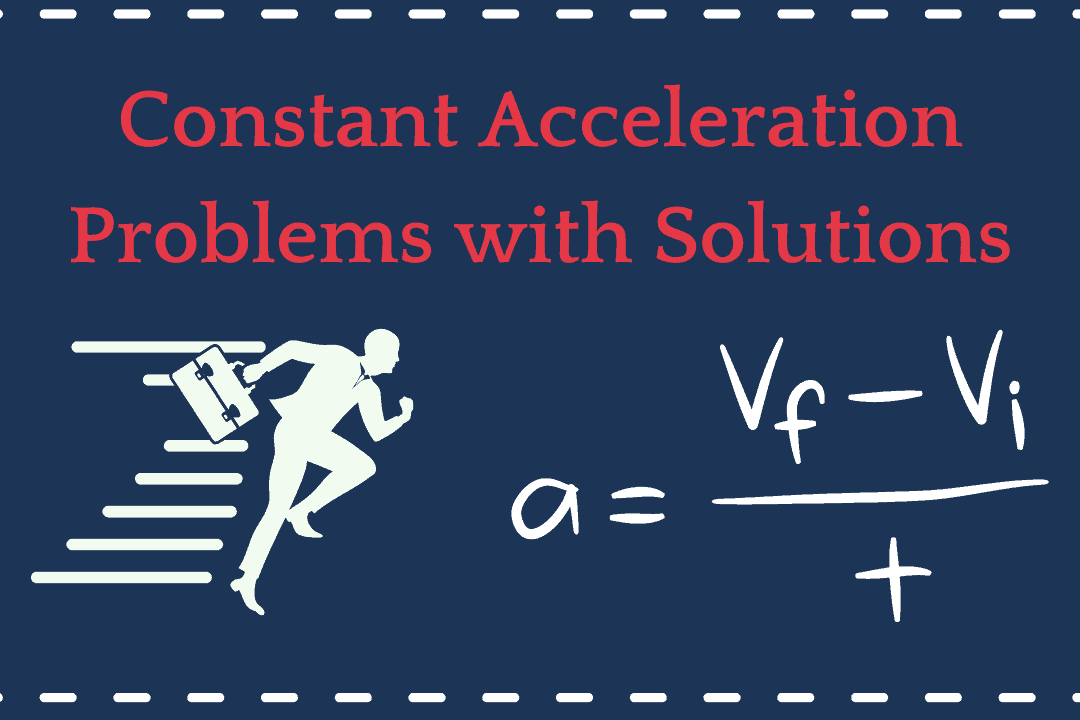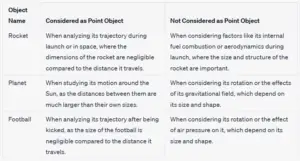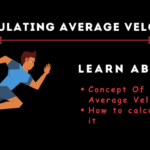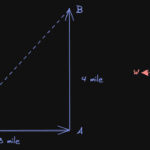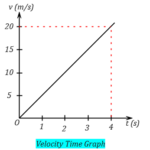Understanding Speed in Physics
Speed is a measure of how fast an object is moving from one place to another. It tells us the rate at which distance is covered in a given amount of time. For example, when a car travels quickly on a highway or a bicycle moves slowly on a road, we are talking about their speeds.
The Speed Equation
The basic formula for calculating speed is simple and very useful in physics:
$$ \text{Speed} = \frac{\text{Distance}}{\text{Time}} $$
In mathematical notation, this is written as: $$ v = \frac{d}{t} $$, where $v$ represents speed, $d$ represents distance traveled, and $t$ represents time taken.
Rearranging the Speed Formula
The speed equation can be rearranged to find distance or time when other values are known:
To find Distance:
$$ \text{Distance} = \text{Speed} \times \text{Time} $$
To find Time:
$$ \text{Time} = \frac{\text{Distance}}{\text{Speed}} $$
These three formulas are interconnected, and knowing any two quantities allows calculation of the third.
Units of Speed
Speed is measured in different units depending on the situation. Common units include:
- Meters per second (m/s) – used in scientific calculations
- Kilometers per hour (km/h) – commonly used for vehicles
- Miles per hour (mph) – used in some countries
Examples Using the Speed Equation
Example 1: A train covers a distance of 120 km in 2 hours. Find the speed of the train.
Solution:
- Distance = 120 km
- Time = 2 hours
- Speed = Distance ÷ Time = 120 ÷ 2 = 60 km/h
The train travels at a speed of 60 kilometers per hour.
Example 2: A car crosses a 200-meter bridge in 10 seconds. Calculate its speed.
Solution:
- Distance = 200 m
- Time = 10 s
- Speed = 200 ÷ 10 = 20 m/s
The car’s speed is 20 meters per second.
Example 3: A cyclist travels at a speed of 8 m/s and needs to cover 200 m. How much time will it take?
Solution:
- Speed = 8 m/s
- Distance = 200 m
- Time = Distance ÷ Speed = 200 ÷ 8 = 25 seconds
The cyclist will take 25 seconds to cover the distance.
| Quantity | Formula | Units |
|---|---|---|
| Speed | Distance ÷ Time | m/s, km/h |
| Distance | Speed × Time | m, km |
| Time | Distance ÷ Speed | s, h |
Other speed Equations in Physics
| Type of Speed | Equation | Variables | When to Use |
|---|---|---|---|
| Basic Speed | $v = \dfrac{d}{t}$ | $v$ = speed, $d$ = distance, $t$ = time | For uniform motion |
| Average Speed | $v_{avg} = \dfrac{\text{Total distance}}{\text{Total time}}$ | Average speed over entire journey | When speed varies during motion |
| Instantaneous Speed | $v = \dfrac{ds}{dt}$ | $s$ = position, $t$ = time (derivative) | Speed at a specific instant of time |
| Final Speed (Uniform Acceleration) | $v = u + at$ | $u$ = initial speed, $a$ = acceleration, $t$ = time | When acceleration is constant |
| Speed using Distance | $v^2 = u^2 + 2as$ | $s$ = distance traveled, $a$ = acceleration | When time is unknown |
| Speed from Displacement | $v = \sqrt{u^2 + 2as}$ | Rearranged form of third equation | To find final speed directly |
| Average Speed (Uniform Acceleration) | $v_{avg} = \dfrac{u + v}{2}$ | Average of initial and final speeds | Only for uniformly accelerated motion |
| Linear Speed (Circular Motion) | $v = r\omega$ | $r$ = radius, $\omega$ = angular velocity (rad/s) | For objects moving in circles |
| Speed from Centripetal Acceleration | $v = \sqrt{a_c \times r}$ | $a_c$ = centripetal acceleration | For circular motion problems |
| Wave Speed | $v = f\lambda$ | $f$ = frequency (Hz), $\lambda$ = wavelength (m) | For wave motion |
| Speed of Sound | $v = \sqrt{\dfrac{\gamma P}{\rho}}$ | $\gamma$ = adiabatic constant, $P$ = pressure, $\rho$ = density | For sound waves in gases |


